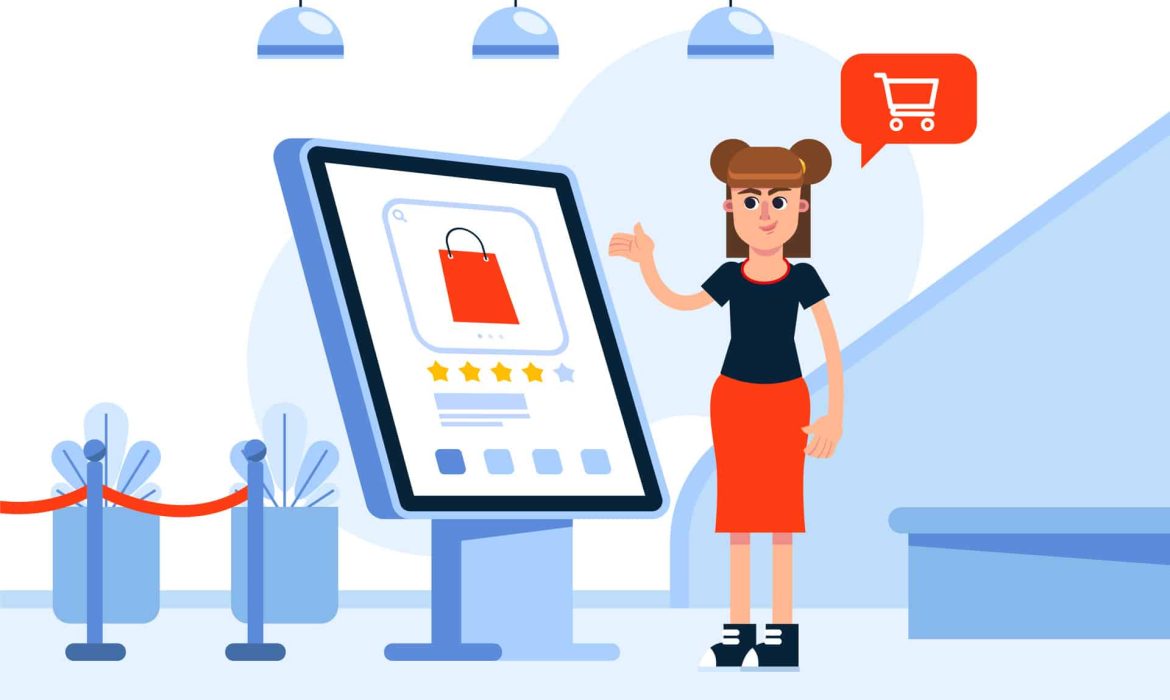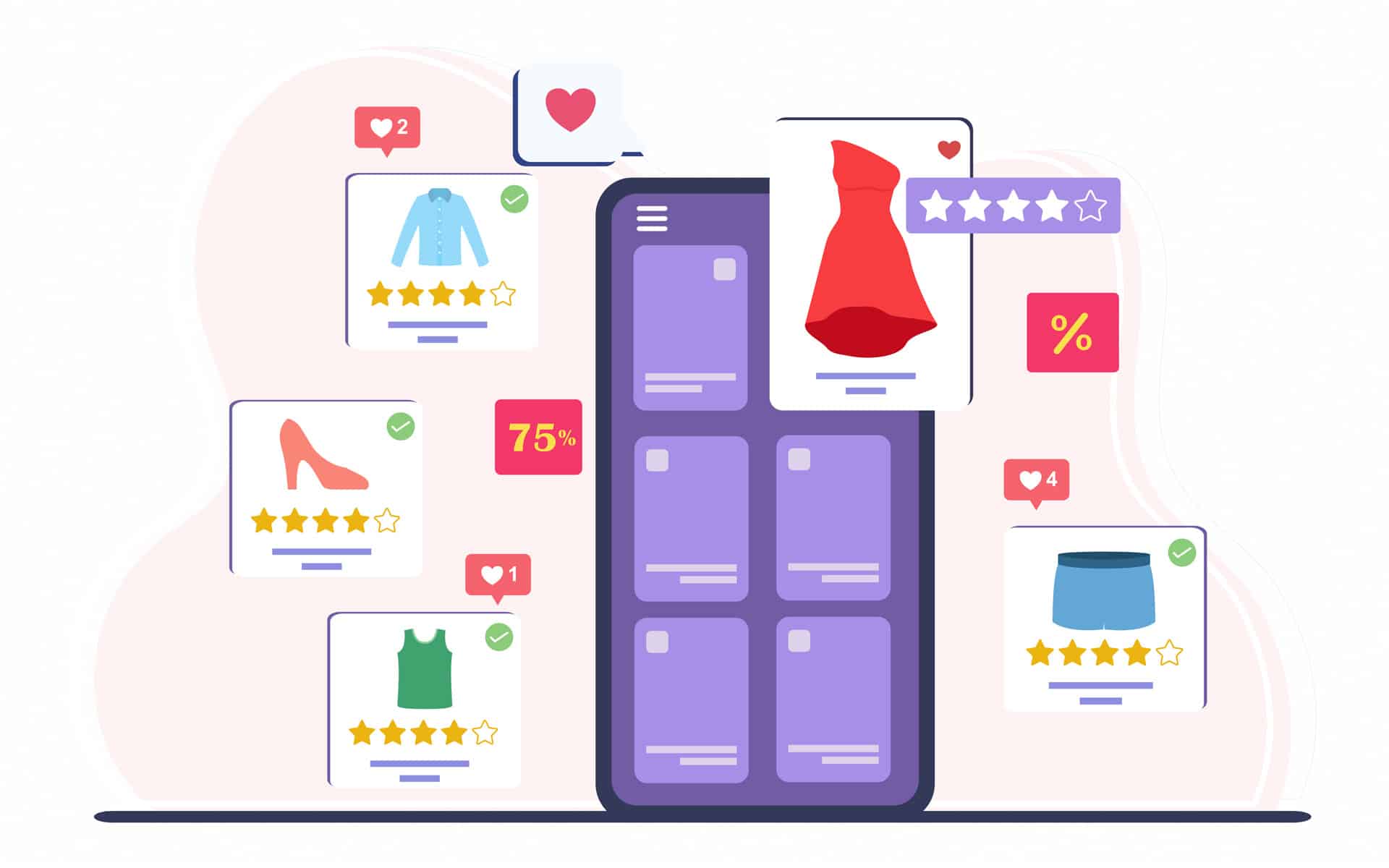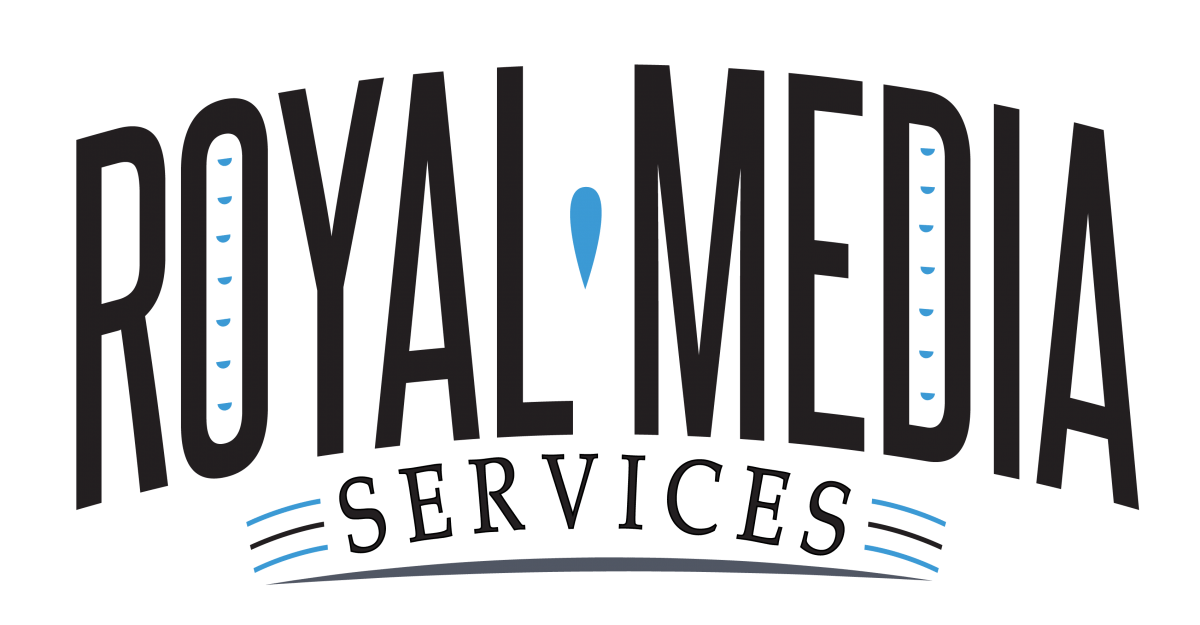
In the ever-evolving world of e-commerce, achieving a high online store ranking is a critical factor in attracting potential customers and driving sales. As competition continues to increase, businesses must employ a variety of strategies to stay ahead.
In this comprehensive guide, we will delve into the importance of online store ranking, discuss essential techniques to optimize your e-commerce website, and explore how you can leverage social media and content marketing to enhance your online presence.
1. The Crucial Role of Online Store Ranking

The online store ranking plays a vital role in determining the success of e-commerce businesses. A higher ranking on search engines such as Google, Bing, and Yahoo leads to increased visibility, which attracts potential customers and drives sales. In this section, we will explore the three primary reasons why online store ranking is essential for e-commerce success.
I). Higher rankings result in increased visibility
Visibility is key for any online business. When your online store appears on the first page of search engine results, it becomes more accessible to potential customers. This increased visibility not only helps your store gain more organic traffic but also builds brand awareness. As a result, customers are more likely to trust and shop from your store, leading to higher sales.
II). More visibility leads to more website traffic
A direct consequence of increased visibility is a rise in website traffic. Studies have shown that websites listed on the first page of search engine results receive significantly more clicks than those on subsequent pages.
As your online store ranking improves, your website will attract more visitors, providing you with a broader pool of potential customers. This increased traffic allows you to showcase your products to a larger audience, ultimately leading to more sales and revenue.
III). Enhanced traffic translates to a higher conversion rate
The ultimate goal of driving traffic to your online store is to convert visitors into customers. A higher online store ranking can contribute to better conversion rates, as customers who find your store through search engines are more likely to make a purchase.
These customers often have a clear intent to buy, having searched for specific products or services related to your niche. By ensuring your online store ranks high in search results, you tap into this pool of motivated buyers, ultimately leading to increased conversions and revenue.
To summarize, the crucial role of online store ranking in e-commerce success cannot be overstated. A higher ranking not only boosts your store’s visibility but also attracts more organic traffic and leads to a higher conversion rate. By prioritizing your online store’s ranking in search engine results, you can maximize your business’s potential for growth and success in today’s competitive digital landscape.
2. Essential SEO Techniques for Online Store Ranking

In today’s competitive e-commerce landscape, optimizing your online store for search engines is crucial for success. Employing a variety of Search Engine Optimization (SEO) techniques can help improve your store’s ranking, visibility, and overall performance.
In this section, we will delve into the key SEO techniques that every online store owner should implement to achieve a higher ranking.
I). Keyword Research
- Identifying high-traffic and relevant keywords: Conduct thorough research to identify the most relevant and high-traffic keywords in your niche. These keywords should accurately represent the products or services you offer and align with the search queries your target audience uses.
- Analyzing competitors’ keywords: Examine the keywords your competitors are using to gain insights into which terms are driving traffic to their sites. This information can help you identify gaps in your keyword strategy and adjust accordingly.
- Utilizing long-tail keywords: Long-tail keywords are more specific and less competitive than generic keywords. By targeting long-tail keywords, you can rank higher for specific search queries, leading to more qualified traffic and higher conversion rates.
II). On-Page SEO
- Optimizing product titles, descriptions, and meta tags: Incorporate your researched keywords into product titles, descriptions, and meta tags to improve your online store’s visibility. Ensure that the keywords are used naturally and strategically to avoid keyword stuffing.
- Implementing header tags and proper URL structure: Use header tags (H1, H2, H3) to break down content and make it easier for search engines to understand your site’s structure. Additionally, ensure that your URL structure is clean, descriptive, and keyword-rich.
- Ensuring image optimization: Optimize images by compressing them to reduce file size, adding descriptive alt tags, and using keyword-rich file names. This not only improves site speed but also makes your site more accessible to search engines.
III). Technical SEO
- Mobile optimization and responsive design: Ensure that your website is mobile-friendly and responsive across various devices. With the increasing number of mobile users, having a mobile-optimized site is crucial for maintaining a higher online store ranking.
- Enhancing website speed: Optimize your site’s loading time by compressing images, minifying CSS and JavaScript files, and using a Content Delivery Network (CDN). Faster loading times lead to a better user experience, which positively impacts your search engine rankings.
- Ensuring secure browsing with HTTPS: Secure your website with HTTPS to protect user information and improve search engine rankings. Google considers website security as a ranking factor, so it’s essential to provide a safe browsing experience for your visitors.
IV). Link Building
- Creating high-quality backlinks: High-quality backlinks from authoritative websites can significantly improve your online store’s search engine ranking. Develop a link-building strategy that includes guest blogging, influencer outreach, and content sharing.
- Building relationships with influencers: Collaborate with influencers and bloggers in your niche to gain exposure and build high-quality backlinks. These relationships can also lead to increased brand awareness and customer trust.
- Utilizing internal linking strategies: Internal links help search engines understand your site’s structure and content hierarchy. Implement a robust internal linking strategy to guide users and search engines through your site, improving your online store’s search engine ranking.
As a result, implementing these essential SEO techniques can significantly boost your online store’s search engine ranking. By focusing on keyword research, on-page optimization, technical SEO, and link building, you can improve your store’s visibility, drive more traffic, and ultimately increase sales.
3. Harnessing the Power of Social Media and Content Marketing

Social media and content marketing are powerful tools that can significantly enhance your online store ranking and overall e-commerce success. By creating engaging content and promoting it effectively on various social media platforms, you can drive more traffic, engage with your audience, and increase conversions.
In this section, we will explore the key strategies for leveraging social media and content marketing to boost your online store’s performance.
I). Creating Engaging Content
- Blog posts, videos, and infographics: Produce a variety of content types, such as blog posts, videos, and infographics, to appeal to your target audience’s preferences. Diversifying your content helps keep your audience engaged and interested in your brand.
- Showcasing your products and brand story: Create content that showcases your products, highlights their unique features, and tells your brand story. This approach helps to build an emotional connection with your audience, leading to increased loyalty and customer retention.
- Developing content that resonates with your target audience: Understand the needs, desires, and pain points of your target audience, and create content that addresses these issues. By offering valuable and relevant content, you can establish your brand as an industry authority and foster trust among your customers.
II). Promoting Content on Social Media Platforms
- Utilizing Facebook, Instagram, TikTok, Pinterest, and Twitter: Share your content across multiple social media platforms to reach a larger audience. Tailor your content to each platform’s unique features and user demographics to maximize engagement and reach.
- Engaging with customers and influencers: Actively engage with your audience on social media by responding to comments, answering questions, and participating in discussions. Collaborate with influencers to expand your reach and tap into their established audience.
- Implementing social media advertising campaigns: Leverage social media advertising to promote your content and reach a larger audience. Platforms such as Facebook and Instagram offer targeted advertising options, allowing you to reach specific demographics and increase the visibility of your online store.
III). Encouraging User-Generated Content
- Collecting reviews and testimonials: Encourage customers to leave reviews and testimonials for your products. Positive reviews can help build trust and credibility, making potential customers more likely to make a purchase.
- Featuring customer photos and stories: Share user-generated content, such as customer photos and stories, on your social media platforms and website. This approach not only increases engagement but also demonstrates the real-world value of your products.
- Hosting contests and giveaways: Organize contests and giveaways to encourage user-generated content and boost engagement. These events can also increase brand awareness and attract new customers to your online store.
In conclusion, harnessing the power of social media and content marketing is essential for improving your online store ranking and driving e-commerce success. By creating engaging content, promoting it effectively on social media platforms, and encouraging user-generated content, you can build brand awareness, foster customer loyalty, and ultimately increase sales.
4. Putting It All Together: A Comprehensive Approach to Online Store Ranking

Achieving a high online store ranking requires a well-rounded and strategic approach that combines various techniques, including SEO, social media, and content marketing. In this section, we will discuss how to integrate these strategies into a comprehensive plan for optimizing your online store’s search engine ranking and overall performance.
I). Regularly monitoring and analyzing your store's performance
- Tracking key performance indicators (KPIs): Monitor essential KPIs, such as organic traffic, conversion rates, bounce rates, and average time on page. This data provides insights into your online store’s performance and helps identify areas for improvement.
- Utilizing analytics tools: Leverage tools like Google Analytics and Google Search Console to gather data on your store’s performance. These tools can provide valuable insights into user behavior, search queries, and website issues that may impact your online store ranking.
- Conducting regular site audits: Perform regular site audits to identify technical issues, such as broken links, duplicate content, and slow page load times. Addressing these issues can improve your online store’s user experience and search engine ranking.
II). Continuously updating and refining your SEO, social media, and content marketing strategies
- Staying informed about industry trends and algorithm updates: Search engine algorithms are constantly evolving. Stay informed about the latest industry trends and algorithm updates to ensure your strategies remain effective and up-to-date.
- Adapting your keyword strategy: Regularly review and update your keyword strategy to target new or more relevant keywords as your product offerings and market trends evolve.
- Experimenting with different content types and formats: Continuously test and refine your content strategy by experimenting with various content types, formats, and distribution channels. This approach helps you identify which content resonates best with your target audience and drives the most engagement.
III). Adapting to changes in search engine algorithms and consumer behavior
- Embracing new technology and search trends: Stay ahead of the competition by embracing new technology and search trends, such as voice search, visual search, and artificial intelligence (AI). These advancements can offer new opportunities to optimize your online store ranking.
- Focusing on user experience: Prioritize providing an exceptional user experience (UX) by optimizing site speed, ensuring mobile responsiveness, and simplifying navigation. A positive UX not only enhances your online store ranking but also encourages customer loyalty and repeat business.
- Encouraging customer feedback and reviews: Actively solicit customer feedback and reviews to gain insights into their preferences and needs. Use this information to improve your products, services, and overall online store experience.
It’s safe to say, a comprehensive approach to online store ranking involves monitoring and analyzing your store’s performance, continuously refining your strategies, and adapting to changes in search engine algorithms and consumer behavior. By integrating SEO, social media, and content marketing techniques, you can improve your online store’s visibility, attract more traffic, and ultimately increase sales. Stay ahead of the competition by prioritizing your online store ranking and leveraging the latest techniques for e-commerce success.
Conclusion
By implementing the strategies outlined in this guide, you can boost your online store ranking and ensure your e-commerce website remains competitive in today’s digital marketplace. Or you can simply hire us as your creative digital agency and you have the confidence that everything is done properly by professionals.
As you develop and refine your approach to SEO, social media, and content marketing, you will witness improvements in your store’s visibility, traffic, and conversion rates. Stay ahead of the competition by prioritizing your online store ranking and leveraging the latest techniques for e-commerce success.




